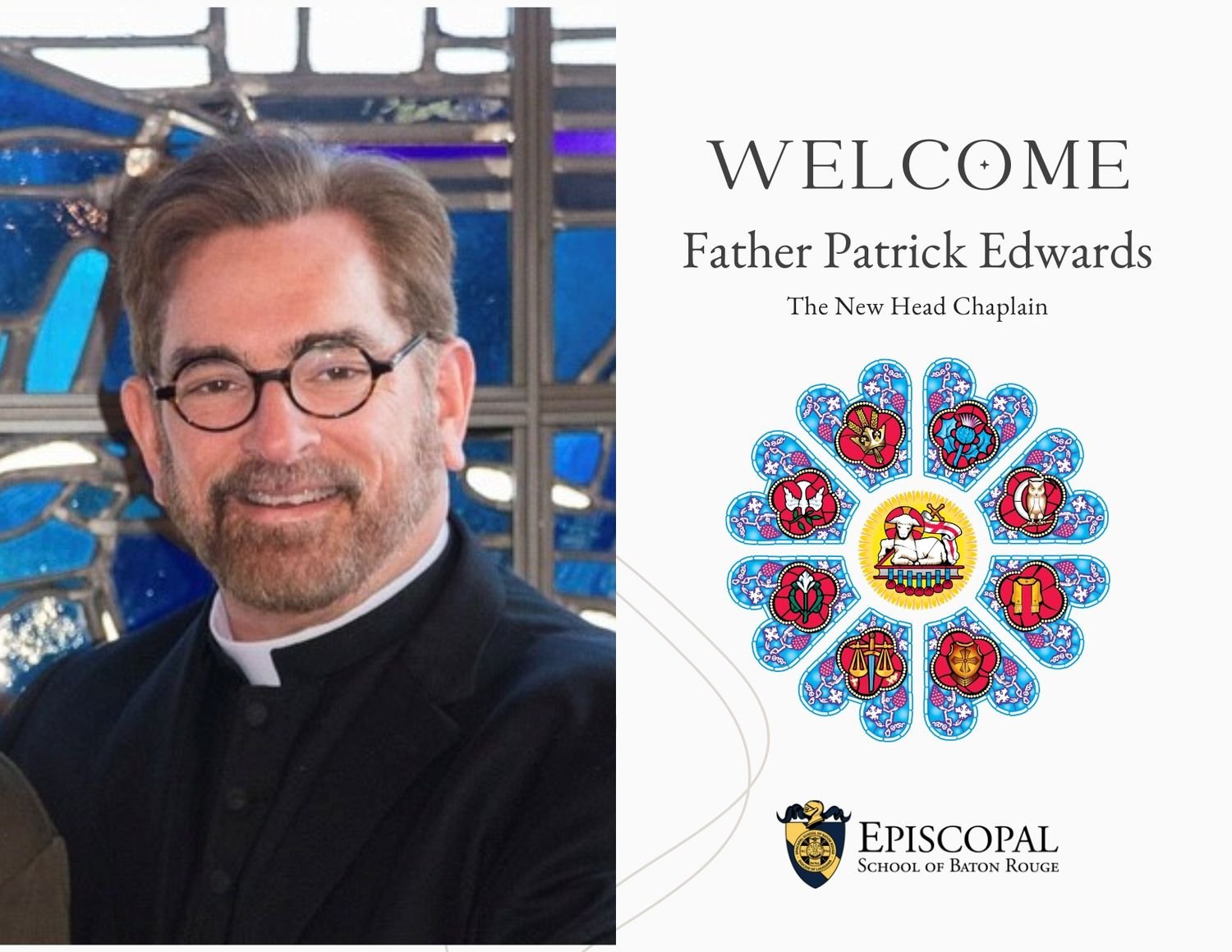- Discover Episcopal
- Admission
- Our Program
- Athletics
- Arts
- Spirituality
- Student Life
- Support Episcopal
- Alumni
- Parent Support
- Knightly News
- Contact Us
- Calendar
- School Store
- Lunch Menu
- Summer Camps
« Back
ESTAAR Student Researchers Present their Findings
March 24th, 2021

"Our group has shown that you don't have to do traditional research." Abhay Basireddy, 2021 ESTAAR student
In an unusual year, three Episcopal seniors found a way to continue the scientific exploration they love through the ESTAAR or Episcopal Students Take Action in Advanced Research program. For several years now, ESTAAR has offered Upper School students the opportunity to work with LSU professors and gain valuable experience in a university laboratory. Past students have spent hours in the lab monitoring tests and measuring data. In a year so impacted by pandemic protocols, that traditional lab access was in question. Fortunately, the restrictions didn’t stop Abhay Basireddy, Matthew Bickham and Gregory Field as their fields of interest didn’t require traditional lab time. “The stars aligned for them,” says Guillory. “They didn’t lose out as much as another group would have.” The trio successfully completed their projects and recently presented them on the VPAC stage on LAUNCH Day.
Application of the Fast Fourier Transform in Modeling the 3D Navier-Stokes Equations
 Abhay Basireddy explored a problem that is listed as “unsolved” on the Clay Mathematics Institution’s Millennium Problem’s website. The Navier-Stokes equations are not well understood yet they may help us better predict and model fluid motion. In his research, Basireddy explored the “possibility of the existence of blowup, a phenomenon where the fluid velocity approaches infinity in a finite amount of time.” Basireddy says, “Blowup is significant because it could lead to a fuller understanding of the equations.” Basireddy used the Fast Fourier Transform to “numerically model increasingly complex partial differential equations until the final 3D Navier-Stokes equations solver was built in Octave.” While he did not achieve blowup, he discovered that numerical blowup is possible. His approach could contribute to further exploration in the future.
Abhay Basireddy explored a problem that is listed as “unsolved” on the Clay Mathematics Institution’s Millennium Problem’s website. The Navier-Stokes equations are not well understood yet they may help us better predict and model fluid motion. In his research, Basireddy explored the “possibility of the existence of blowup, a phenomenon where the fluid velocity approaches infinity in a finite amount of time.” Basireddy says, “Blowup is significant because it could lead to a fuller understanding of the equations.” Basireddy used the Fast Fourier Transform to “numerically model increasingly complex partial differential equations until the final 3D Navier-Stokes equations solver was built in Octave.” While he did not achieve blowup, he discovered that numerical blowup is possible. His approach could contribute to further exploration in the future.
Automatic Slab Creation and Flood Prevention within Autodesk Revit
 Matthew Bickham sought to solve a problem that impacts the majority of Louisiana residents – flooding. Using Autodesk Revit, the software used by building designers, Bickham went about designing a way to help developers reduce flood risk to structures. “I have created a tool that provides an effective slab height within Building Information Modeling tools based on flood depth grid data,” he says. Bickham created a versatile, user-friendly tool that could be used for everything from commercial properties to residential homes.
Matthew Bickham sought to solve a problem that impacts the majority of Louisiana residents – flooding. Using Autodesk Revit, the software used by building designers, Bickham went about designing a way to help developers reduce flood risk to structures. “I have created a tool that provides an effective slab height within Building Information Modeling tools based on flood depth grid data,” he says. Bickham created a versatile, user-friendly tool that could be used for everything from commercial properties to residential homes.
Bickham also shared his project at the Region VII Science and Engineering Fair where he earned second place in the Systems Software category. In addition, he received a special recognition award from the National Oceanographic and Atmospheric Administration.
Breath Monitoring: Analyzing Breathing with Wireless Bluetooth Earbuds
 Gregory Field began his LAUNCH Day presentation by asking the audience to take a deep breath. This transitioned into a discussion of his research which sought to establish an easy method for people to monitor their breathing. Field points out that most breath analysis machines are highly specialized and require hospitalization of the patient. His goal was to create a way to monitor the breath that was easy and accessible. Inspired by his partner LSU professor’s work recording and analyzing footsteps, Field decided to develop a way to record breathing rates using Bluetooth earbuds and an everyday smartphone. To accomplish this, Field had to develop a way to identify the breathing frequency and remove the noise. After much analysis and data extraction, Field ended up with a system that he says “has remained accurate over three different test subjects but is still subject to various environmental factors.” Field says the concept has applications for people with respiratory conditions or athletes in training. “By combining the breathing rate with other vital signs such as heart rate, we can successfully and noninvasively monitor more features of people’s health in their everyday lives,” he says.
Gregory Field began his LAUNCH Day presentation by asking the audience to take a deep breath. This transitioned into a discussion of his research which sought to establish an easy method for people to monitor their breathing. Field points out that most breath analysis machines are highly specialized and require hospitalization of the patient. His goal was to create a way to monitor the breath that was easy and accessible. Inspired by his partner LSU professor’s work recording and analyzing footsteps, Field decided to develop a way to record breathing rates using Bluetooth earbuds and an everyday smartphone. To accomplish this, Field had to develop a way to identify the breathing frequency and remove the noise. After much analysis and data extraction, Field ended up with a system that he says “has remained accurate over three different test subjects but is still subject to various environmental factors.” Field says the concept has applications for people with respiratory conditions or athletes in training. “By combining the breathing rate with other vital signs such as heart rate, we can successfully and noninvasively monitor more features of people’s health in their everyday lives,” he says.
LAUNCHing Research on the VPAC Stage
“I’m proud of them,” says Guillory. “I’m proud of their work. They never faltered.” The ESTAAR LAUNCH Day presentations marked the culmination of a two year journey. Like all ESTAAR students, the trio initially began by taking the Scientific Research Methodology and Experimentation (SRME) course their junior year. The course is designed to help Upper School students prepare for college level research. The students say the SRME course prepared them well for the ESTAAR experience as they were equipped to write papers, conduct background research and digest scientific papers. No doubt, the past two years and the students’ innate inquisitiveness will prepare them for similar success in the next step of their educational journey.
The ESTAAR program is a great example of the science, technology, engineering and math offerings available at Episcopal. This commitment to STEM even earned the school a spot on Newsweek’s Top 500 STEM High Schools in America list. Read more about that ranking and other Episcopal STEM efforts here.
Join us in congratulating this year’s ESTAAR students in the comments section below!
The ESTAAR program is a great example of the science, technology, engineering and math offerings available at Episcopal. This commitment to STEM even earned the school a spot on Newsweek’s Top 500 STEM High Schools in America list. Read more about that ranking and other Episcopal STEM efforts here.
Join us in congratulating this year’s ESTAAR students in the comments section below!
Posted in the categories All, Upper School.
Other articles to consider
 May16Episcopal Welcomes Father Patrick Edwards as New Head Chaplain
May16Episcopal Welcomes Father Patrick Edwards as New Head ChaplainLearn more about new Episcopal Head Chaplain Father Patrick Edwards.
See Details May16Lower School Happenings - May 2024
May16Lower School Happenings - May 2024There's excitement and joy in Lower School as students wrap up the school year. Check out the latest projects.
See Details May16Future Business Leaders Benefit from Spring Lessons/Community Support
May16Future Business Leaders Benefit from Spring Lessons/Community SupportEpiscopal students participated in two real-world learning experiences – the What’s Your Bright Idea? Episcopal Pitch Contest and the annual Burkenroad Reports Investment Conference.
See Details May8College Announcements 5.10.24
May8College Announcements 5.10.24Please join us in congratulating members of the Class of 2024 as they announce their college enrollment decisions.
See Details
Categories
- All
- Admission
- Athletics
- College Bound 2019
- College Bound 2020
- College Bound 2021
- College Bound 2022
- College Bound 2023
- College Bound 2024
- Counselors Corner
- Episcopal Alumni
- Giving
- Head Of School
- Lower School
- Middle School
- Spirituality And Service
- Student Work
- The Teachers' Lounge
- Upper School
- Visual And Performing Arts
Recent Articles
- 05/16/24Episcopal Welcomes Father Patrick Edwards as New Head Chaplain
- 05/16/24Lower School Happenings - May 2024
- 05/16/24Future Business Leaders Benefit from Spring Lessons/Community Support
- 05/8/24College Announcements 5.10.24
- 05/7/24Episcopal's Addisyn Botos Will Continue Track & Field at Southern Miss
- 05/7/24Spring Sports Success!
- 05/3/24Episcopal Audiences Wowed by "The Children of Willesden Lane"
- 05/3/24Service Learning & Community Impact Students Share Thoughts on Earth Day
- 05/2/242024 Mums of Alums Luncheon Draws Large Crowd of Supportive Mums
- 05/2/24College Announcements 5.3.24











